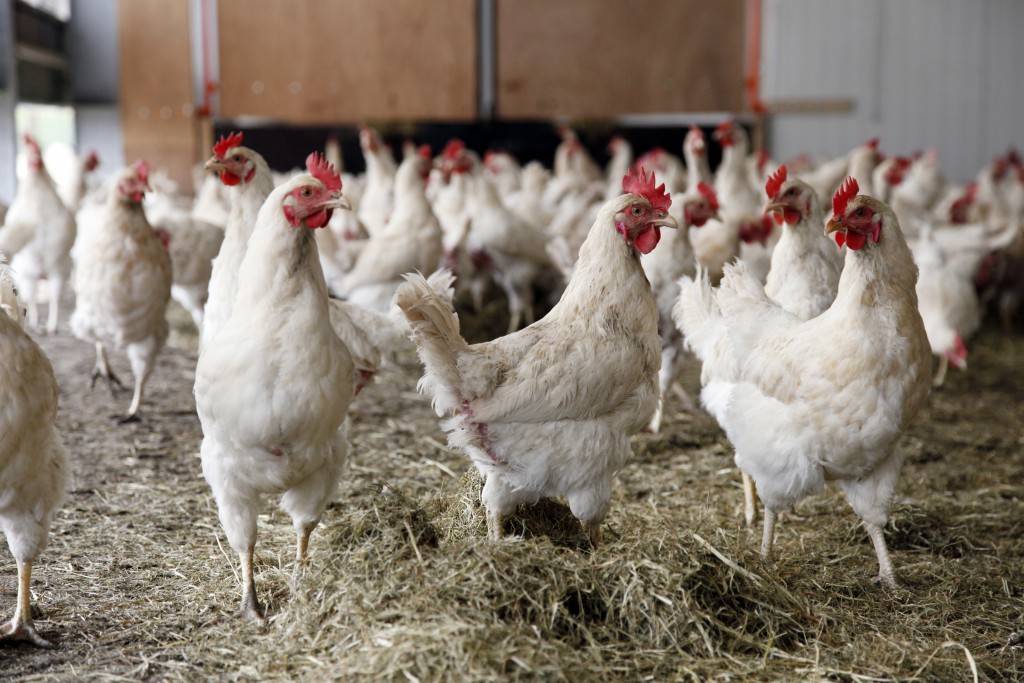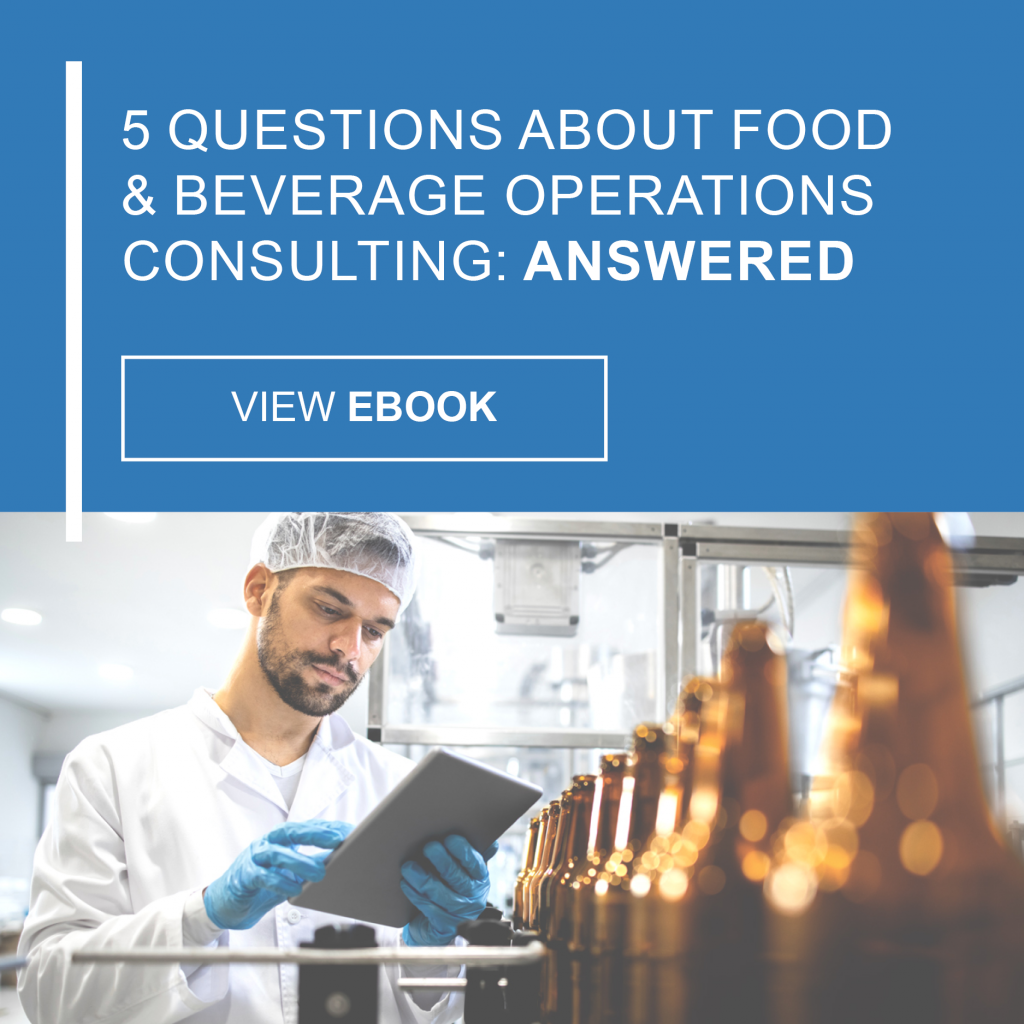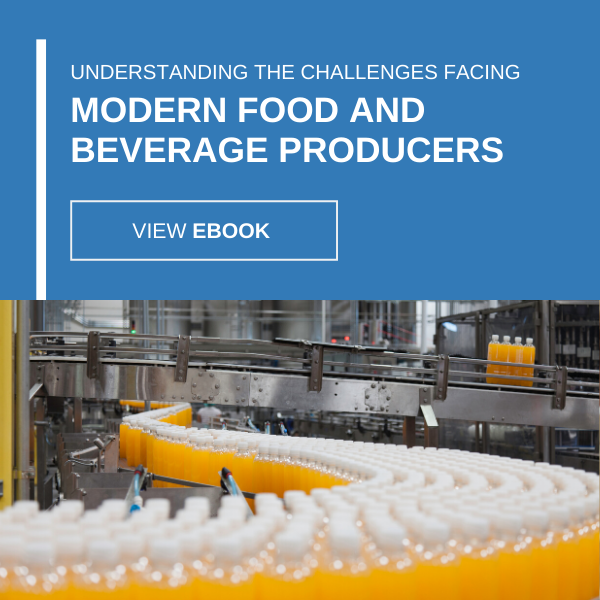-
Subscribe to Blog:
SEARCH THE BLOG
CATEGORIES
- Aerospace
- Asset Maintenance
- Automotive
- Blog
- Building Products
- Case Studies
- Chemical Processing
- Consulting
- Food & Beverage
- Forestry Products
- Hospitals & Healthcare
- Knowledge Transfer
- Lean Manufacturing
- Life Sciences
- Logistics
- Manufacturing
- Material Utilization
- Metals
- Mining
- News
- Office Politics
- Oil & Gas
- Plastics
- Private Equity
- Process Improvement
- Project Management
- Spend Management
- Supply Chain
- Uncategorized
- Utilities
- Whitepapers
BLOG ARCHIVES
- June 2025 (4)
- May 2025 (1)
- April 2025 (1)
- March 2025 (1)
- February 2025 (4)
- January 2025 (4)
- December 2024 (4)
- November 2024 (2)
- October 2024 (6)
- September 2024 (5)
- August 2024 (5)
- July 2024 (6)
- June 2024 (3)
- May 2024 (3)
- April 2024 (4)
- March 2024 (3)
- February 2024 (4)
- January 2024 (5)
- December 2023 (2)
- November 2023 (1)
- October 2023 (6)
- September 2023 (3)
- August 2023 (4)
- July 2023 (2)
- June 2023 (3)
- May 2023 (7)
- April 2023 (3)
- March 2023 (3)
- February 2023 (5)
- January 2023 (6)
- December 2022 (2)
- November 2022 (5)
- October 2022 (5)
- September 2022 (5)
- August 2022 (6)
- July 2022 (3)
- June 2022 (4)
- May 2022 (5)
- April 2022 (3)
- March 2022 (5)
- February 2022 (4)
- January 2022 (7)
- December 2021 (3)
- November 2021 (5)
- October 2021 (3)
- September 2021 (2)
- August 2021 (6)
- July 2021 (2)
- June 2021 (10)
- May 2021 (4)
- April 2021 (5)
- March 2021 (5)
- February 2021 (3)
- January 2021 (4)
- December 2020 (3)
- November 2020 (3)
- October 2020 (3)
- September 2020 (3)
- August 2020 (4)
- July 2020 (3)
- June 2020 (5)
- May 2020 (3)
- April 2020 (3)
- March 2020 (4)
- February 2020 (4)
- January 2020 (4)
- December 2019 (3)
- November 2019 (2)
- October 2019 (4)
- September 2019 (2)
- August 2019 (4)
- July 2019 (3)
- June 2019 (4)
- May 2019 (2)
- April 2019 (4)
- March 2019 (4)
- February 2019 (5)
- January 2019 (5)
- December 2018 (2)
- November 2018 (2)
- October 2018 (5)
- September 2018 (4)
- August 2018 (3)
- July 2018 (2)
- June 2018 (4)
- May 2018 (3)
- April 2018 (3)
- March 2018 (2)
- February 2018 (2)
- January 2018 (1)
- December 2017 (1)
- November 2017 (2)
- October 2017 (2)
- September 2017 (1)
- August 2017 (2)
- July 2017 (2)
- June 2017 (1)
- April 2017 (3)
- March 2017 (3)
- February 2017 (2)
- January 2017 (2)
- December 2016 (2)
- November 2016 (4)
- October 2016 (4)
- September 2016 (3)
- August 2016 (6)
- July 2016 (4)
- June 2016 (4)
- May 2016 (1)
- April 2016 (3)
- March 2016 (4)
- February 2016 (2)
- January 2016 (4)
- December 2015 (3)
- November 2015 (3)
- October 2015 (1)
- September 2015 (1)
- August 2015 (4)
- July 2015 (6)
- June 2015 (4)
- May 2015 (7)
- April 2015 (6)
- March 2015 (6)
- February 2015 (4)
- January 2015 (3)
CONNECT WITH US
Tag Archives: Food & Beverage
In the food processing industry, optimal efficiency is the key to keeping those razor-thin margins in the black. Now, with ongoing challenges like supply chain delays and changing markets, it’s even more important.
Efficient processes lead to reduced operating costs, improved yield and throughput, and more control over your management systems.
The following graphic provides seven ways to improve your efficiency in food processing:
1. Identify loss points
Where are the opportunities for greater efficiency? Look at the equipment, like the grinder, blenders, transfer belts, oven, steamer, even the transportation and logistics. Where can you save time and money? A thorough loss point analysis can uncover key areas where more efficiency can be achieved.
2. Recipe/formula control
The goal here is to ensure accurate measurement of ingredients. To improve processes, use volumetric measuring, metering tools and “right size” recipes to match ingredient containers. It’s about containing costs and promoting formula consistency.
3. Calibrate measuring devices
You won’t get accurate measurements if the measuring devices are not functioning properly. All devices that provide “factual” information must be accurate! It means verifying the calibration of scales, load cells, meters and equipment speeds, temperatures, tolerances and capabilities.
4. Process control
Remember, any knob, dial, meter, switch or button can vary the process. It’s essential to understand what they control and what they reveal. Generate a thorough process run history to define the relationship (or correlation) of each control point to the end product.
5. Measure actual yield vs. plan
Challenge the current paradigms. How does yield loss vary when raw temps vary? How much do you lose if you extend cooking times? Are you batching properly? Focus on maintaining tolerances and capabilities, and monitor the causes of variation. It makes the invisible visible!
6. Audit fill weights
This is about understanding overfills. In the industry, they call it “the giveaway,” which happens when more product is added to a package to compensate for weight loss in processing. Shaving a bit off of each overfill can add up to huge savings.
7. Recovery and resolution
Review, report, resolve! Do a thorough root cause analysis, implement short-term fixes immediately, and seek to eliminate waste completely in the long run. Continuous improvement is the goal! Find opportunities for greater efficiency and help implement them.
It’s about developing a plan to measure performance, and ultimately getting to a “zero-loss based” yield. The more quickly and efficiently you get the job done, the sooner your product can be in the hands of the consumer. Questions? Contact us today.
For more information about how Food & Beverage consultants can significantly reduce your operating costs and improve productivity, read this eBook:
Recently, I reached out to one of our most charismatic team members, Charlie Payne, and got him to tell me a little bit about his approach to new projects and, more specifically, his work in the food and beverage industry. Charlie is a Senior Operations Manager at USCCG, and has played an integral role in the development of our strategies and training programs since he came on board in 1990. He has years of experience in various industries including Food & Beverage, Mining, Oil & Gas, Life Sciences, and Manufacturing. Charlie’s innovative solutions and ability to build strong client relationships are the foundation for his long record of successfully completed projects. Here’s what he had to say:
When I start a new project, I certainly like to get face to face as soon as possible so we can get a sense of each other, understand the issues, and decide if we might be a fit. Usually, a half-day on site is enough to see if we want to do a more detailed two-week analysis where we’ll come in with a team and put together a business case and answer three questions:
- Is USCCG the right group to help drive results with this client – do we hit their team right?
- Are the issues we see addressable by USCCG in a timeline that makes sense? Is their management team open to change?
- Is there a viable business case? Usually we strive for a 2 to 4 return on the project costs, depending on the scope of the project. Generally, a bigger scope means a bigger return.
If the business case makes sense, then I like to go in to project mode quickly – the consistency of the team we use is important to us and a lot easier than having an extended decision process that means I need to acquaint a new team to the client.
As a Senior Operations Manager, I am responsible for delivering the results of the project and managing the partnership we have with our client. Working with the bench strength we have in our consultants – full time USCCG employees, many of whom I have worked with for years – can often make the projects successful and fun. To have fun with the client and my team is a key success factor for me.

I have worked with all types of clients, and I enjoy working in the food & beverage industry because it’s unlike other business sectors due to of the variability. In food processing, the input can often be so variable – size, quality, quantity – it can often make us wonder why we try to manage the process at all, when we are out of control right from the start! If you can’t affect the input, then in my opinion, it makes it even more important to control what you can – usually the process within the plant walls.
We’re certainly not making widgets and it’s not as precise as manufacturing. When dealing with nature we can be affected by harvest size, variations in bird or hog size, droughts, so you never know what you’re going to get. Combine that with a work force made up of a multitude of cultures, languages, and literacy skills and you have challenges getting consistency into the process. After 24 years and many businesses, the hardest position I have ever seen is to be a supervisor in further processing in a cold plant.
My work in the food & beverage industry has certainly been across the spectrum from large privately held to co-op, slaughter facilities to further processing. Lately, I’ve seen an increase in organic clients, as well as those expanding heavily overseas and wanting to right size their facilities.
The fierce competition and amalgamation from emerging markets are part of why our food and beverage clients look to us for opportunities to improve their processes to stay ahead of their competitors.
When we engage clients in this industry, we work across a number of fronts – from production plants with a focus on yield, throughput, and productivity – OEE type metrics, installing a Management Operating System (MOS) in the plant to bring consistency between shifts, lines, and plants.
Bringing in our LINCS Business Intelligence solution to allow for the key metrics to be known in a timely manner helps us focus management on the items they need to address in getting the performance they need. More recently, we’ve worked on reducing cost with a focus on the purchasing department and the spend on packaging materials, bringing great benefits to our food & beverage clients.
I believe good management practices are applicable across all industries and our solutions for our food & beverage clients can and have proven to be successful for various other clients.







